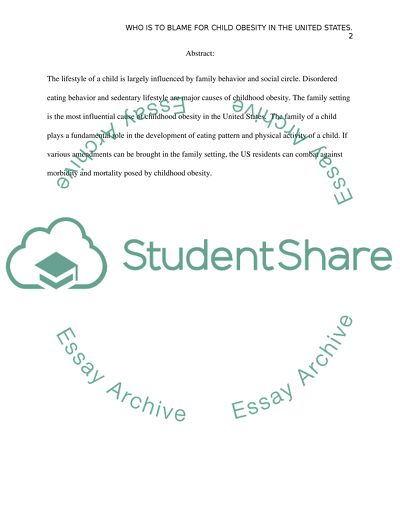Cite this document
(“Who's to blame for child obesity in the united states Essay”, n.d.)
Who's to blame for child obesity in the united states Essay. Retrieved from https://studentshare.org/psychology/1457422-who-s-to-blame-for-child-obesity-in-the-united
Who's to blame for child obesity in the united states Essay. Retrieved from https://studentshare.org/psychology/1457422-who-s-to-blame-for-child-obesity-in-the-united
(Who'S to Blame for Child Obesity in the United States Essay)
Who'S to Blame for Child Obesity in the United States Essay. https://studentshare.org/psychology/1457422-who-s-to-blame-for-child-obesity-in-the-united.
Who'S to Blame for Child Obesity in the United States Essay. https://studentshare.org/psychology/1457422-who-s-to-blame-for-child-obesity-in-the-united.
“Who'S to Blame for Child Obesity in the United States Essay”, n.d. https://studentshare.org/psychology/1457422-who-s-to-blame-for-child-obesity-in-the-united.


